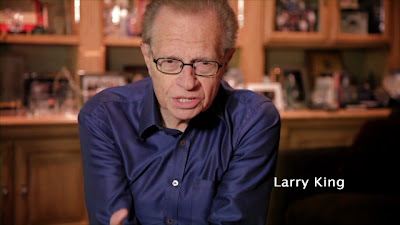The world of a partisan, and especially a Jewish partisan, was a treacherous, restless, stressful world. They braved the most unendurable conditions—extreme cold, hunger, fatigue—and survived through the will to fight and persevere. Sometimes they received food, shelter, supplies, information, and medical attention from nearby communities. However, Jewish partisans could not fully trust the often anti-Semitic locals, though their services were necessary. Preventative measures were therefore taken: food and supplies were acquired at gunpoint or with some cunning and often improvised deception. Frank Blaichman recalls, “We had information that a farmer had hidden weapons. We made up a story to tell him that we were Russian paratroopers and we needed the weapons. We had our men far away with broken pitchforks that looked like a gun with a bayonet in the background, so to the farmer he looked like he was dealing with the real thing.” Even medical care was forcefully taken when sympathetic doctors were not available.
 |
However, locals who empathized with Jewish partisans or simply shared the same feeling of opposition toward German occupation were a great asset to partisan survival. Leon Idas found that there were local villagers who were friendly and freely informed partisan troops of German movements, and would even escort disguised partisans to the city hospitals to get them aid. Harry Burger found that locals offered up their barns to shelter and care for traveling partisans. Burger and Idas, however, lived and fought in southern Europe, where there was less anti-Semitism. In Poland, Sonia Orbuch did not encounter many sympathetic locals; although, she owes much of her survival to one citizen by the name of Tichon Martinetz who was instrumental in connecting her with the Russian partisans and also supplied the brigade with food in the bitter winter of ’42. Frank Blaichman spent much time with farmers who hid him and his comrades, cooked meals for them, even washed their clothes. “The locals were anti-Semitic, but they were not killers,” Frank Blaichman explained. “When they saw that we took care of German collaborators they were more willing to help us. Without their help we would have never survived.”
 |
According to partisans such as Blaichman, local allies could make all the difference in regards to survival. Even though unsympathetic locals could be tricked or forced at gunpoint to concede services and supplies, not all of survival relies on physical needs. After being chased by locals “like an animal”, when Blaichman found friendly households which sheltered and fed him there was a sense of hope. He said, “They treated us like human beings.”
















